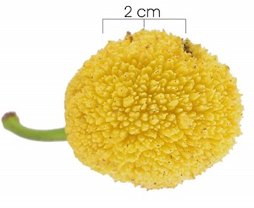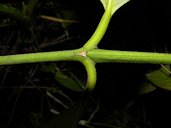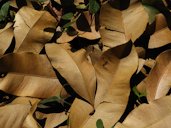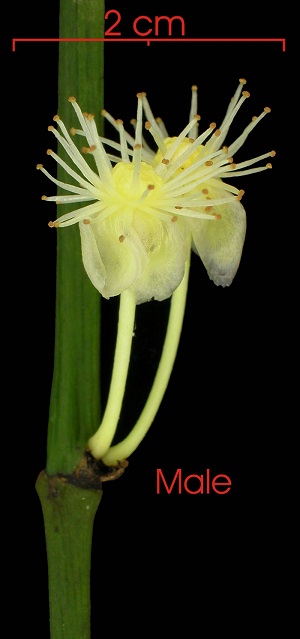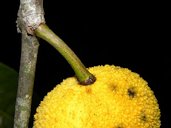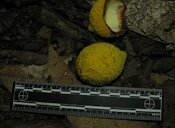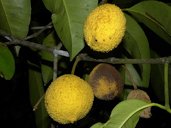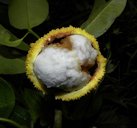| Madrono - Garcinia madruno | ||||||||||||||||||||||||||||
|---|---|---|---|---|---|---|---|---|---|---|---|---|---|---|---|---|---|---|---|---|---|---|---|---|---|---|---|---|
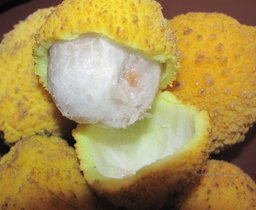 Fig. 1  Garcinia madruno Madroño fruta exotica 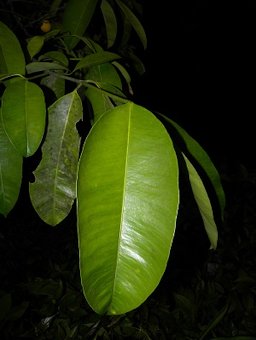 Fig. 2  G. madruno leaf 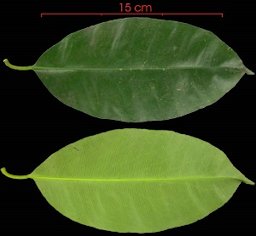 Fig. 3   Fig. 9  Male flower buds 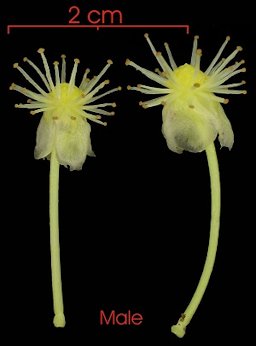 Fig. 10  Male flowers


 Dry seeds 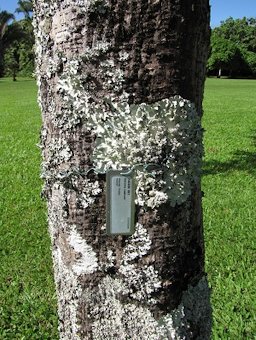 Fig. 21  G. madruno trunk  Fig. 22  Yellow latex seeping from the cut surface of the wood 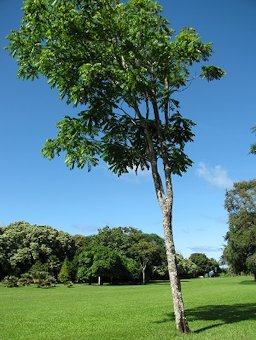 Fig. 23  G. madruno. tree habit in Hawai'i 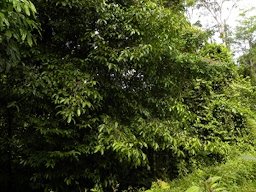 Fig. 24  G. madruno tree habit in Costa Rica  Fig. 25  Tree habit in Colombia |
Scientific
name Garcinia madruno (Kunth) Hammel Common names English: madrono, lemon drop mangosteen; French: madruno, German: Marienbalsam; Spanish: charichuelo, cozoiba, madroño, naranjita, ocoró, satro, machari or fruta de mono (Panama), cerillo (Costa Rica), cozoiba (Venezuela), kamururu (Bolivia) 5,6 Synonyms Calophyllum madruno Kunth; Chloromyron verticillatum Pers.; Rheedia acuminata (Ruiz & Pav.) Planch. & Triana; R. kappleri Eyma; R. madruno (Kunth) Planch. & Triana; R. madruno subsp. bituberculata Pittier; R. madruno subsp. ovata Pittier; Verticillaria acuminata Ruiz & Pav. 7 Family Clusiaceae/Guttiferae (St. John’s wort family) Origin Southern America USDA hardiness zones 10-11 Uses Fruit; landscape specimen Height 20-40 ft (6-12 m) 4 Crown Pyramidal or nearly round crown 5 Plant habit The tree is erect, lush, compact; has much gummy yellow latex 5 Trunk/bark/branches New branches have a somewhat angular growth 2 Leaves Evergreen; opposite, simple, dark green; leathery Flowers Creamy-white; unisexual; fragrant; borne singly or in fascicles on young branches Fruit White, juicy, acid-sweet pulp; looks like a droopy lemon with similar rind; pulp coats, tightly adheres to 1-3 seeds Season Mid summer Light requirement Full sun or light shade Soil tolerances Adapted to a wide range of soils; well-drained pH preference 6.6-7.8 Drought tolerance Unknown Aerosol salt tolerance Unknown Soil salt tolerance Fair Cold tolerance Tolerates average winter conditions but hard freezes may damage leaves/twigs 3 Invasive potential * None reported Pest resistance Few if any pest problems Reading Material Madrono, Fruits of Warm Climates The Madrono, University of Florida, Palm Beach Extension There are over 250 Garcinia species, mostly from southeast Asia. Garcinia species from the Americas were once classified as Rheedia, but now all are considered Garcinia. Sorting Garcinia Names, Multilingual Multiscript Plant Name Database, University of Melbourne, Australia ext. link Origin The madruno originates from Eastern Amazonian non-flooded tropical lowland regions and is now grown in Costa Rica, Panama, the Guianas and Venezuela at elevations up to 1200m in the Andes. It is not widely known outside Central and South America but has been introduced into Florida. 8 Description Garcinia madruno is a fruit tree occasionally cultivated in the Amazon region and easily found in its natural habitat, the Eastern Amazon, in dry forests with generally sandy soils. It is and evergreen with a dense crown, new growth branches are somewhat angular. It is 20-40 ft (6-12 m) tall. 2 Leaves The opposite leaves are elliptic to oblong, wedge-shaped at the base, rounded or pointed at the apex, 2 3/8 to 8 in (6-20 cm) long, 3/4 to 3 in (2-7.5 cm) wide; dark green above, paler beneath, with numerous veins conspicuous on both surfaces and merging into a thick marginal vein. 5
Flowers The fragrant male and female flowers are borne on separate trees in clusters of up to 14 in the leaf axils; have 4 reflexed, pale-yellow petals; the male, 25 to 30 light-yellow stamens. 5
Fig. 11. Male flower cluster Fruit The fruit is round or ellipsoidal, sometimes with a prominent nipple at each end; 2 to 3 in. (5-7.5 cm) long, with thick, leathery, warty, greenish-yellow rind containing a deep-yellow, resinous latex. The white, translucent, juicy, sweet-acid, aromatic pulp adheres tightly to the 1 to 3 ovate or oblong seeds which are about 3/4 in. (2 cm) long. 5 The fruit looks like a shriveled droopy lemon, and has a similar rind. Theis soft white pulp and has a popular, slightly citrusy taste people have compared to a sweet santol fruit or lemony cotton candy. The species was formerly included in the genus Rheedia, which has since been absorbed into Garcinia, as Rheedias species are now known as "new world mangosteens." 1 One word of caution, though: do not pick fruits prior to maturity. If picked prior to maturity, fruits are generally very acid, and once picked, no further ripening occurs in the fruit (non-climacteric). 3 Fruits take 3-6 months to mature. 8
Pollination A dioecious species, both male and female forms need to be grown if fruit and seed are required. Propagation Seed - best sown as soon as it is ripe in a semi-shaded position in a nursery seedbed. Germination rates in excess of 70% are usually achieved, with the seed sprouting within 60-70 days. Growth of plants in the field is moderate to rapid. 4 Culture Garcinia madruno is well adapted to a wide variety of soils, tolerating even poor soils or heavy clay. It is a slow grower and takes about 5 to 7 years to fruit. When young, it must be protected from frosts and it will not fruit in cold areas. The fruit is not very well known outside of South America and a few backyard growers in South Florida. 1 Food Uses In addition to being eaten as a fresh fruit it makes an excellent jam. 3 Other Uses The yellow latex of the tree is used in Panama to treat ulcers and other sores. The wood is pinkish and hard but not commonly used. 5 General All Garcinias include the Tupi language name for fruit that drop when ripe: bacuri. 'Bacuri' is borrowed from the Tupi, one of the most important lowland South American languages, and means the fruit that falls ('ba') as soon as it is ripe ('curi') = immediately). 9 Other Edible Garcinia species: Achachairu, G. humilis Bacuripari, G. macrophylla Bakupari, G. brasiliensis Cherapu (button mangosteen), G. prainiana Gamboge (false mangosteen), G. xanthochymus Imbe (African mangosteen), G. livinstonei Lemon Drop Mangosteen, G. intermedia List of Growers and Vendors |
|||||||||||||||||||||||||||
| Bibliography 1 "Garcinia madruno." Wikipedia, www.wikipedia.org. Accessed 24 Nov. 2014. 2 Lorenzi, Harri, et al. Brazillian Fruits & Cultivated Exotics (for consuming in natura). Brazil. Instituto Plantarum de Estudos da Flora, 2006. 3 Joyner, Gene. "The Madrono." UF/IFAS Palm Beach Extension, ifas.ufl.edu. Accessed 3 May 2015. 4 Lorenzi. H. Brazilian Trees, A Guide to the Identification and Cultivation of Brazilian Native Trees. Vol. 3. Nova Odessa, Instituto Plantarum de Estudos da Flora, 2009. 5 Fruits of Warm Climates. Julia F. Morton, Miami, 1987. 6 "Garcinia madruno (Kunth) Hammel." USDA, Agricultural Research Service, U.S. National Plant Germplasm System, GRIN-Global, npgsweb.ars-grin.gov. Accessed 7 Jan. 2017. 7 "Garcinia madruno (Kunth) Hammel synonyms." The Plant List (2010), Version 1, theplantlist.org. Accessed 7 Dec. 2017. 8 "Madruno, Bacuri, Lemon Drop Mangosteen, Garcinia (Rheedia) madruno (acuminata)." The Rare Fruit Club WA, www.rarefruitclub.org.au/Madruno.htm. Accessed 2 May 2021. 9 The Encyclopedia of Fruit & Nuts. Edited by Jules Janick and Robert E. Paull, Cambridge, CABI, 2008. Photographs Fig. 1 Castro, Nelson Fernando Sotelo. "Madroño fruta exotica." Flickr, (CC BY 2.0), Image cropped, www.flickr.com/photos/fernando680411/16589413729. Accessed 4 May 2021. Fig. 2,4,5,6, 15,16,17,19,22,24 Aguilar, Reinaldo. "Garcinia madruno (kunth) Hammel." Vascular Plants of the Osa Peninsula, Costa Rica, 2011, Flickr, (CC BY-NC-SA 2.0), flickr.com. Accessed 7 Jan. 2017. Fig. 9,10,11,13,14,18,20 Steve Paton. "Garcinia madruno." Environmental Sciences Program, Smithsonian Tropical Research Institute, STRI, biogeodb.stri.si.edu. Accessed 25 Jan. 2014. Fig. 12 Álvarez-Alcázar, Leonardo. "Garcinia madruno. Costa Rica." iNaturalist Research Grade, no. 115017355, 12 Jan. 2021, (CC BY-NC 4.0), www.inaturalist.org/photos/115017355. Accessed 4 May 2021. Fig. 23 Starr, Forest, and Kim. "Garcinia madruno." Starr Environmental, Kahanu Gardens NTBG Kaeleku Hana, Maui, 2009, (CC BY 3.0 US), starrenvironmental.com. Accessed 6 Apr. 2015. Fig. 7,8,25 amesac. "Garcinia madruno. Colombia." iNaturalist Research Grade, no. 9155463, 14 Dec. 2017, (CC BY-NC 4.0), www.inaturalist.org/photos/9155463. Accessed 4 May 2021. * UF/IFAS Assessment of Non-native Plants in Florida's Natural Areas Published 12 Apr. 2014 LR. Last update 12 Dec. 2023 LR |
||||||||||||||||||||||||||||
